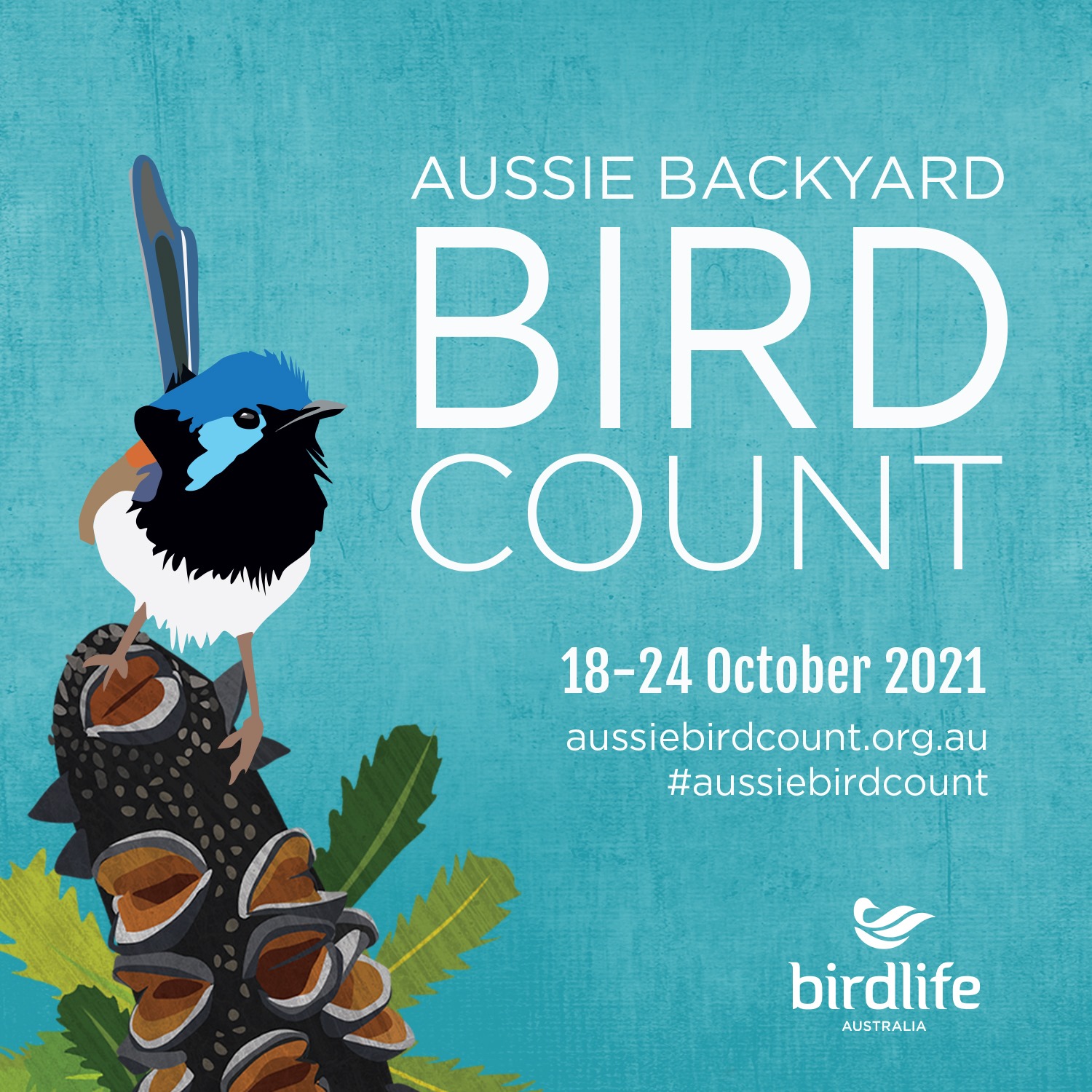September 19 - October 2, 2021: Issue 511
A Pittwater Mix: September 2021
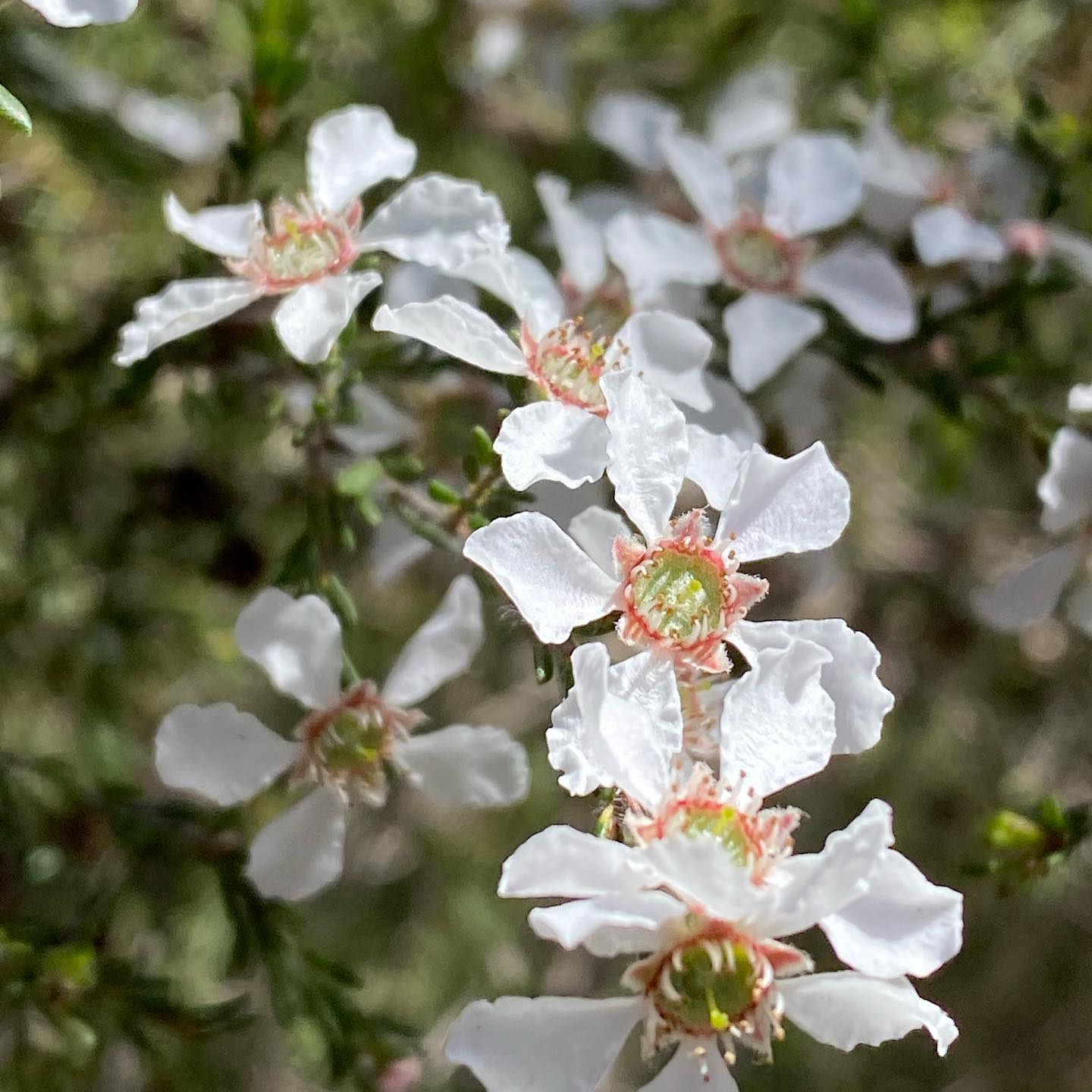
Leptospermum squarrosum - Peach-flowered Tea tree. Photo by Selena Griffith, September 2021
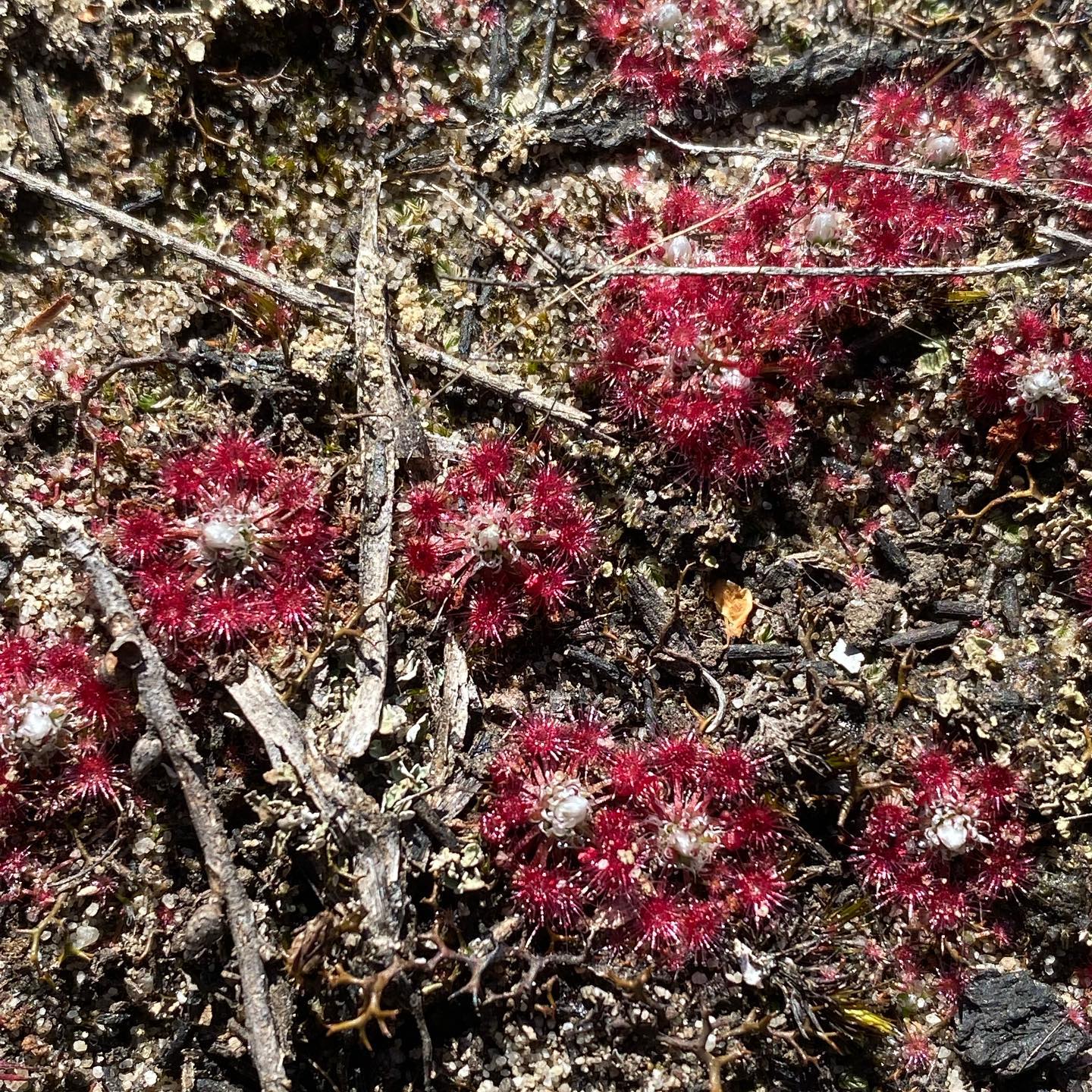
Drosera peltata - Pale Sundew. Photo by Selena Griffith, September 2021
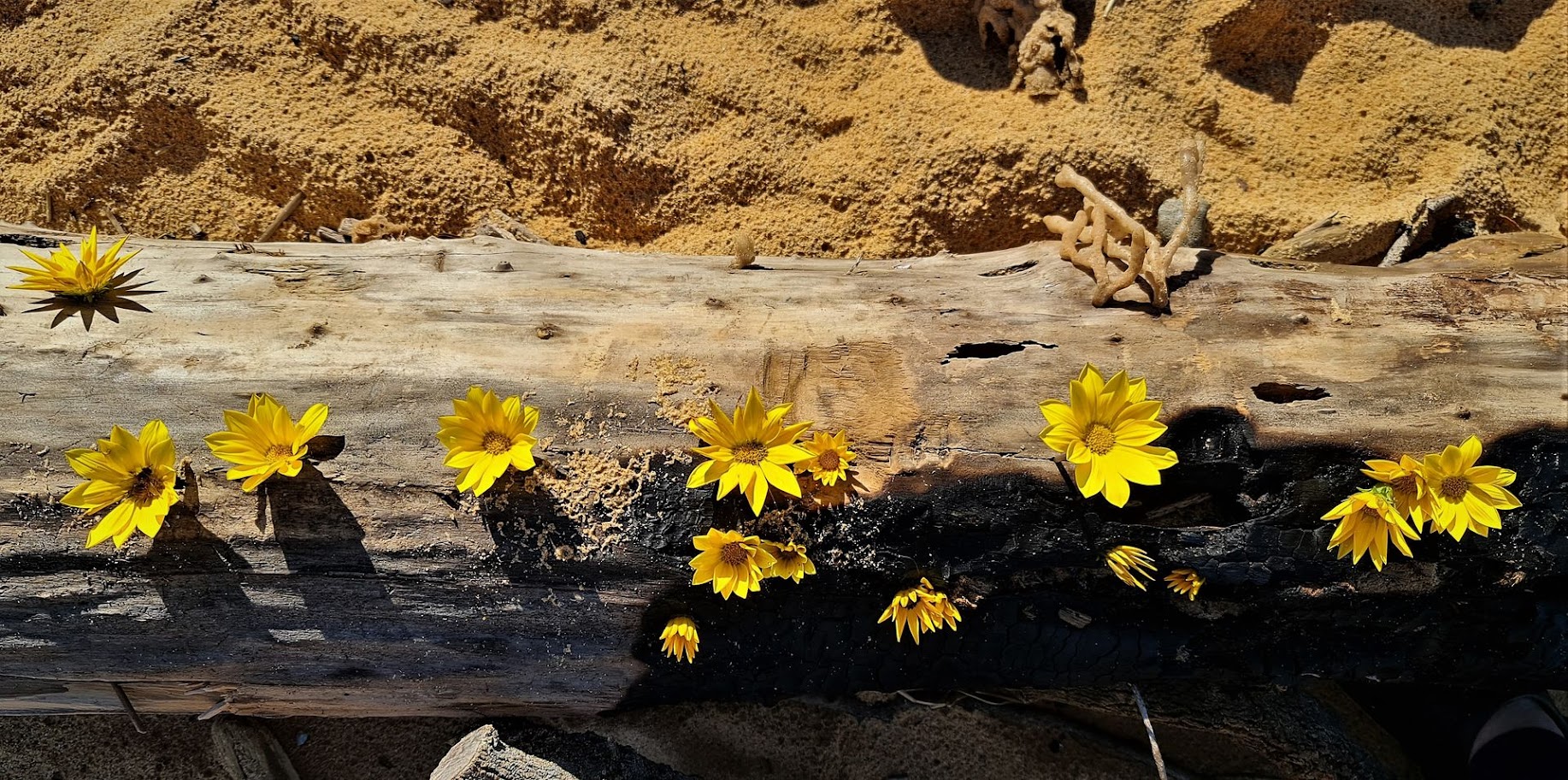
Flowered log et Turimetta with sprigs of sea sponge - quite a rare species this one; you usually only find them in the wake of small children - well spotted Joe. Photo by Joe Mills
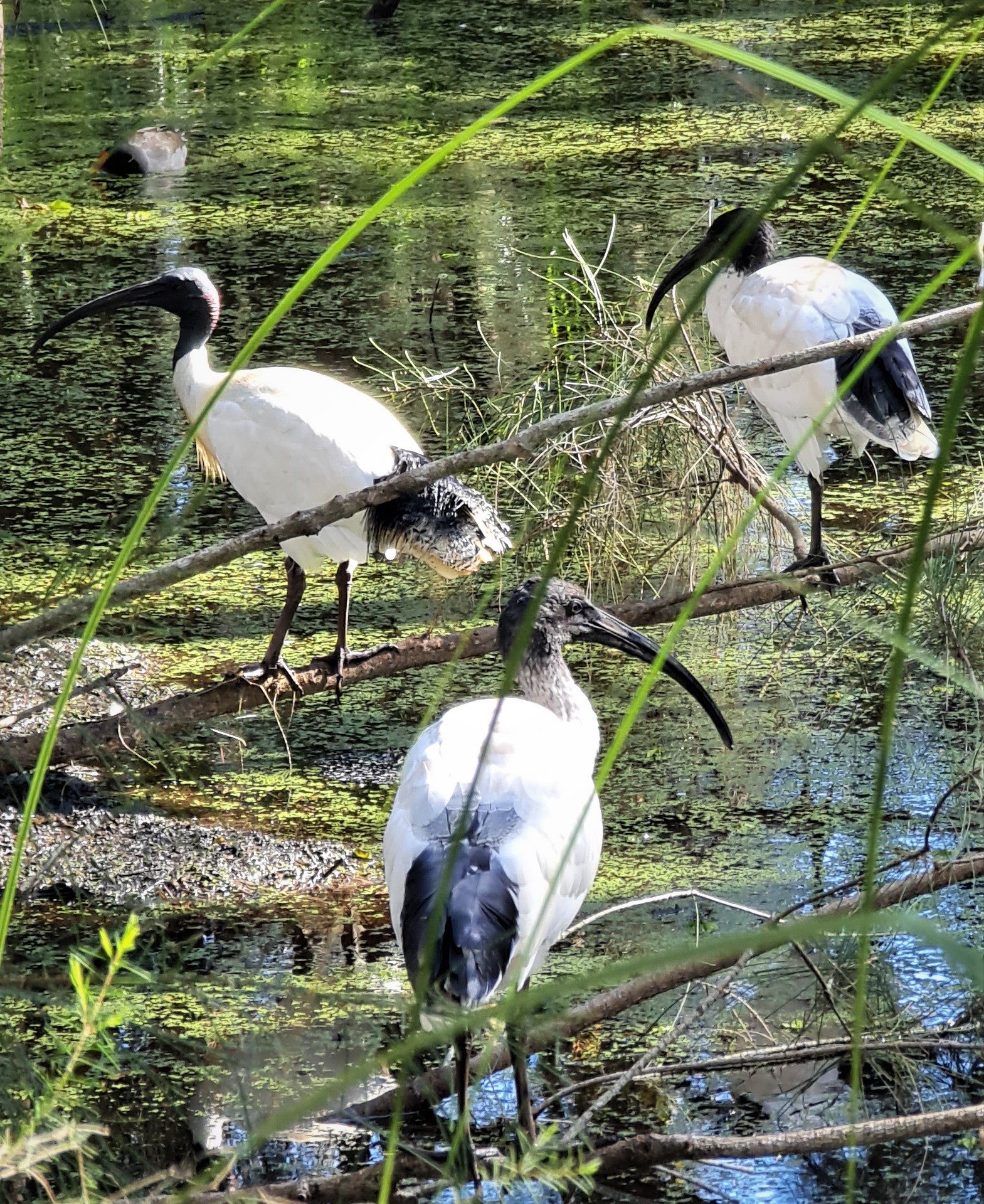
Threskiornis molucca - Australian White Ibis family in Warriewood Wetlands. Photo by Joe Mills
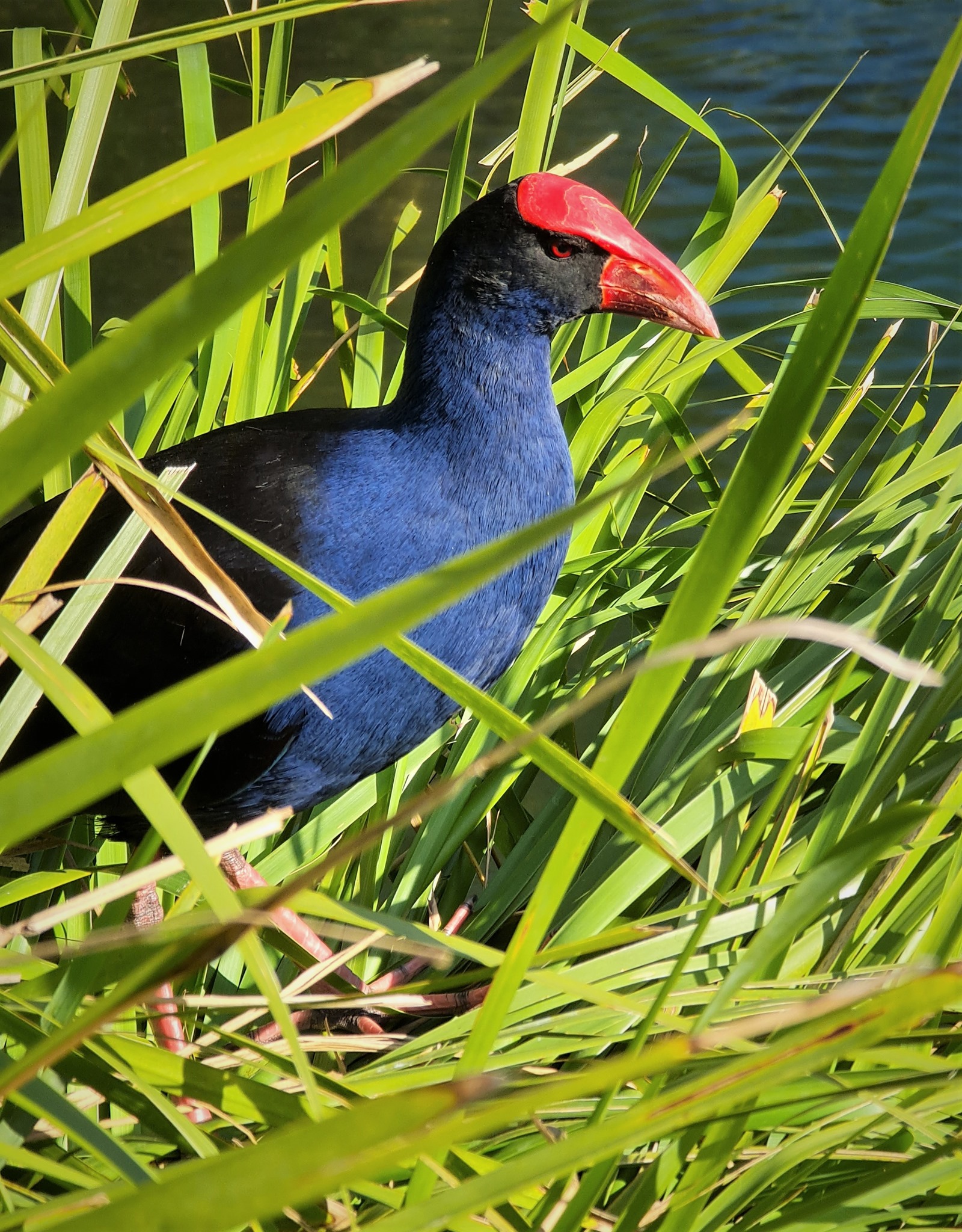
Porphyrio porphyrio - Purple Moorhen - at Warriewood Wetlands. Photo by Joe Mills
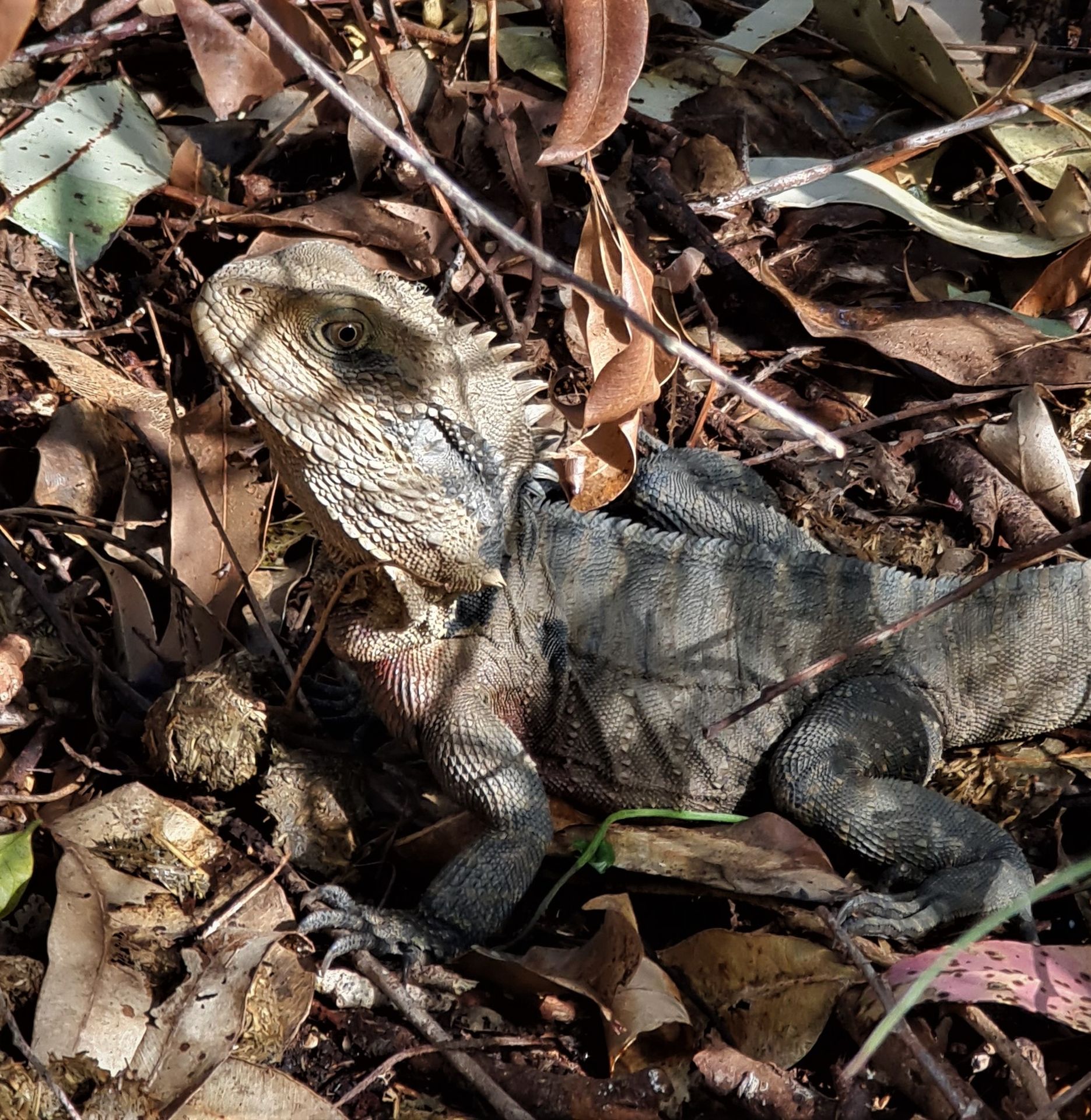
Australian Water Dragon - at Fern Creek, Warriewood. Photo by Joe Mills
.jpg?timestamp=1631976751724)
10 Sooty Oystercatchers, Haematopus fuliginosus, at North Narrabeen Beach Rock Pool - breeding season! Photo by Margaret Woods
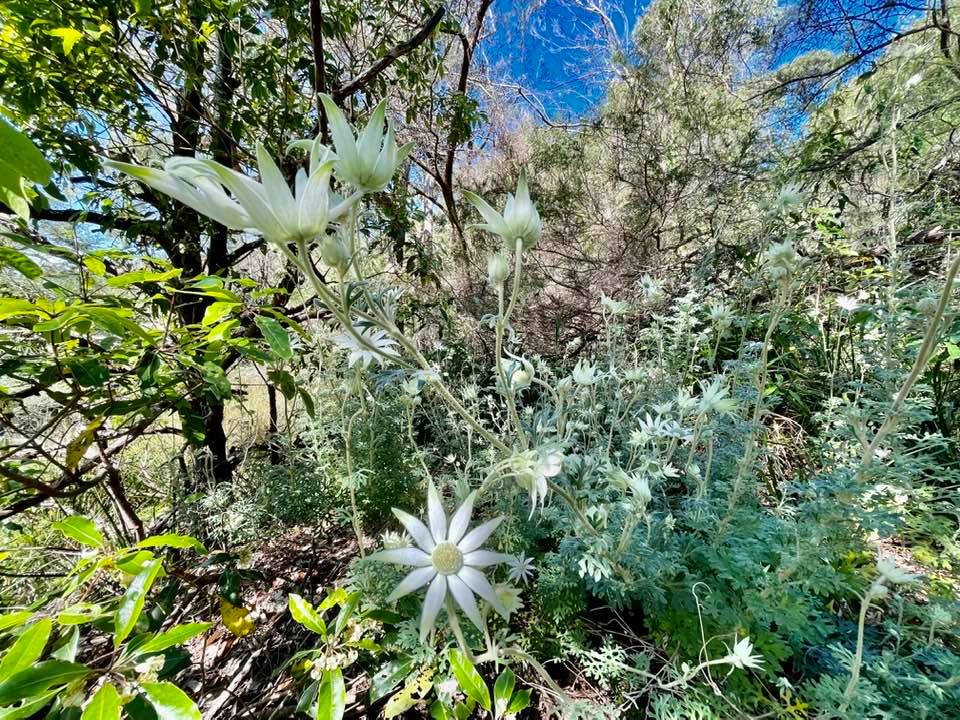
Flannel Flowers, Actinotus helianthi, in Sunlight, Palm Beach. Photo by Adriaan van der Wallen
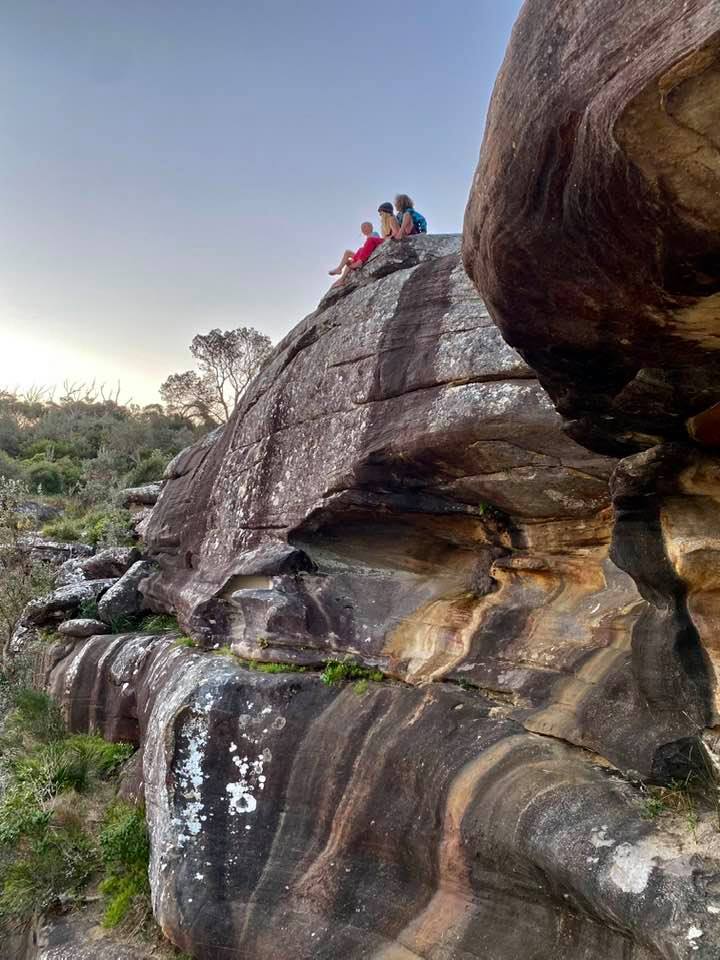
Smugglers Track Rock Face - Barrenjoey. Photo by Adriaan van der Wallen
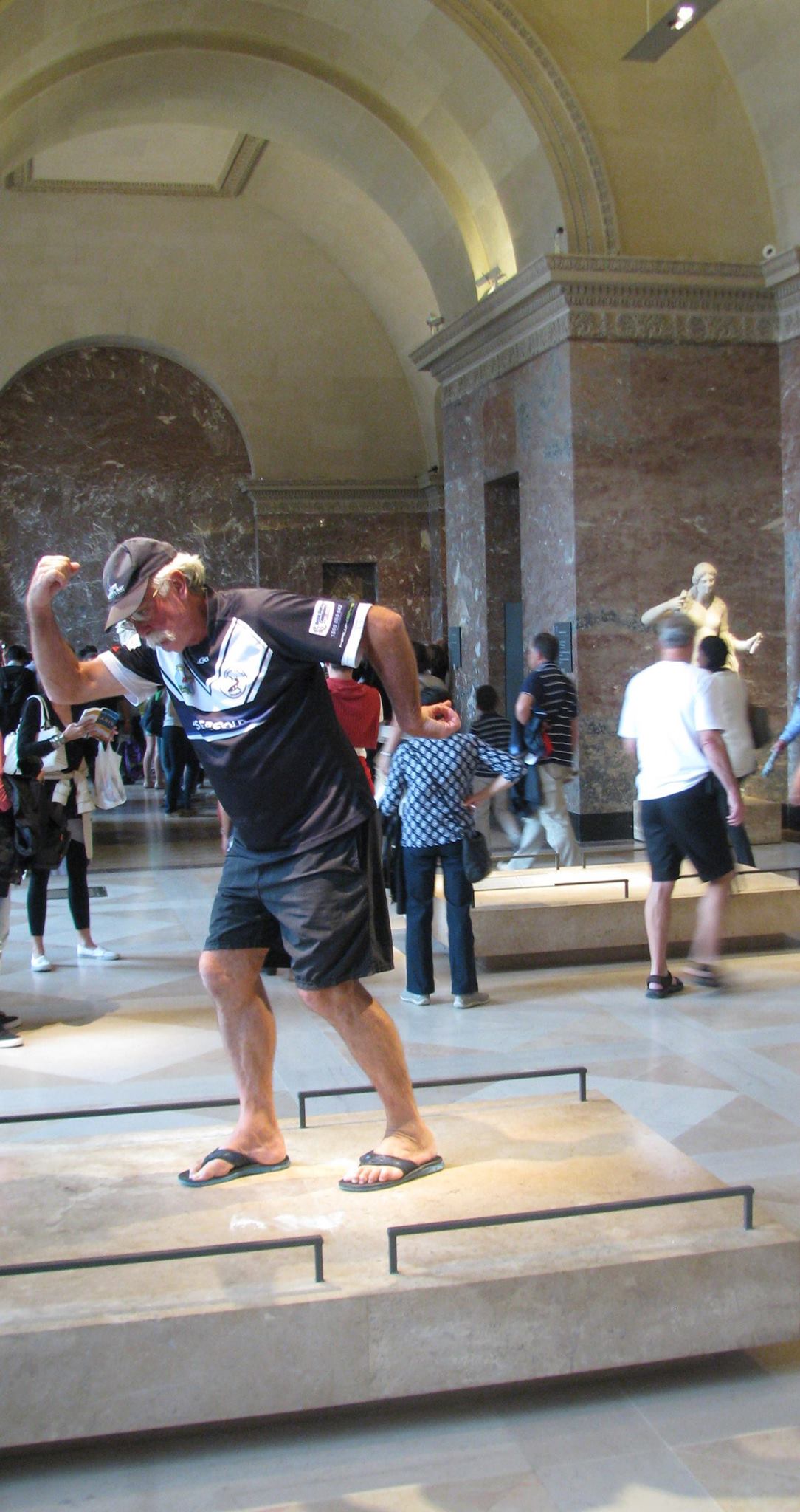
Not sure how this got in here, but this is known as the 'Brian De Friendly Statue et Le Louvre', captured in all its glory in 2014; our own local Brian Friend OAM says he spotted it while there studying ART- not sure this species has a Latin 'name', a very lifelike rendition nonetheless; classical sculpture showing great skill from the ARTIST in bringing this subjects' characteristics out .... back to our Spring Mix from Pittwater:
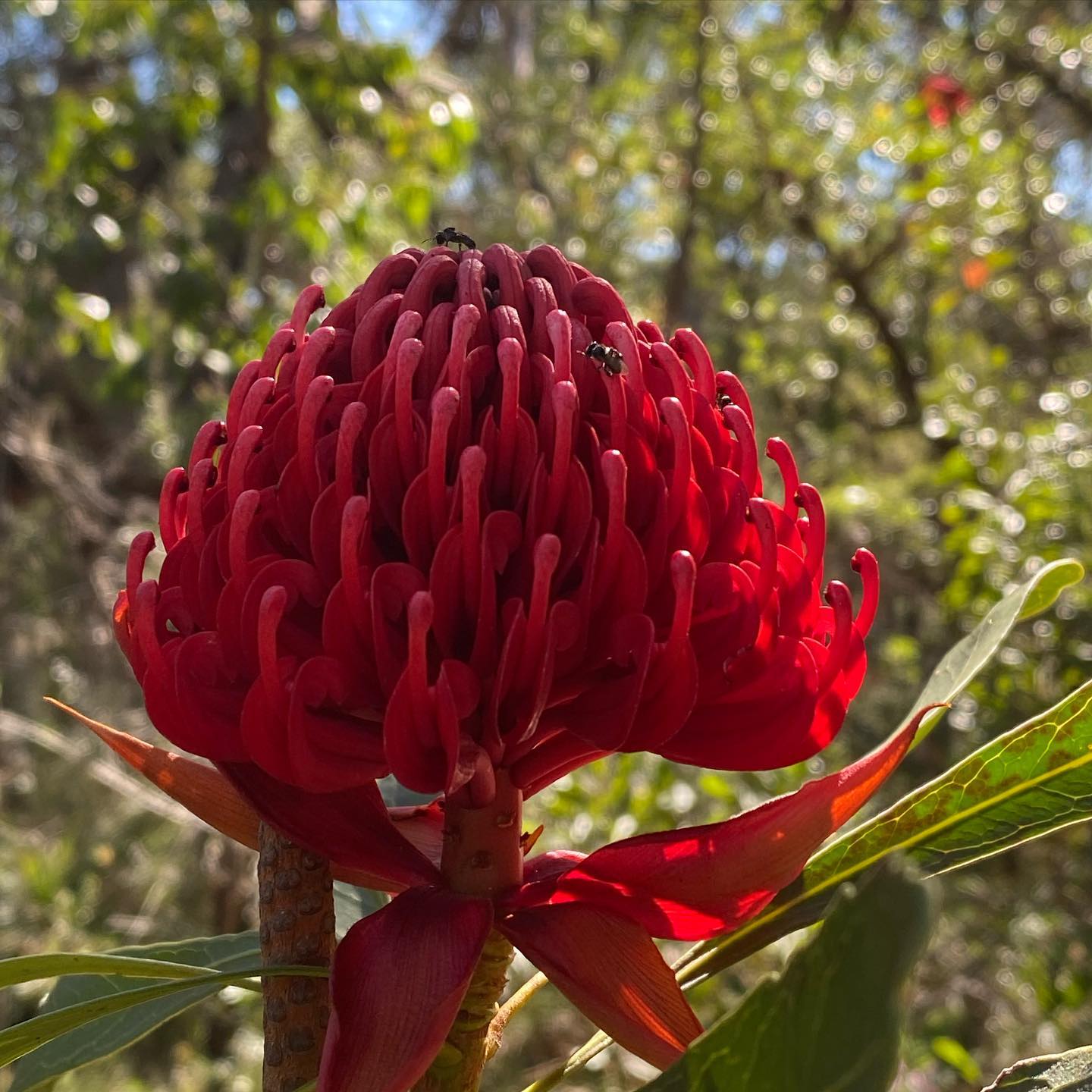
Telopea speciosissima - Waratah. Photo by Selena Griffith
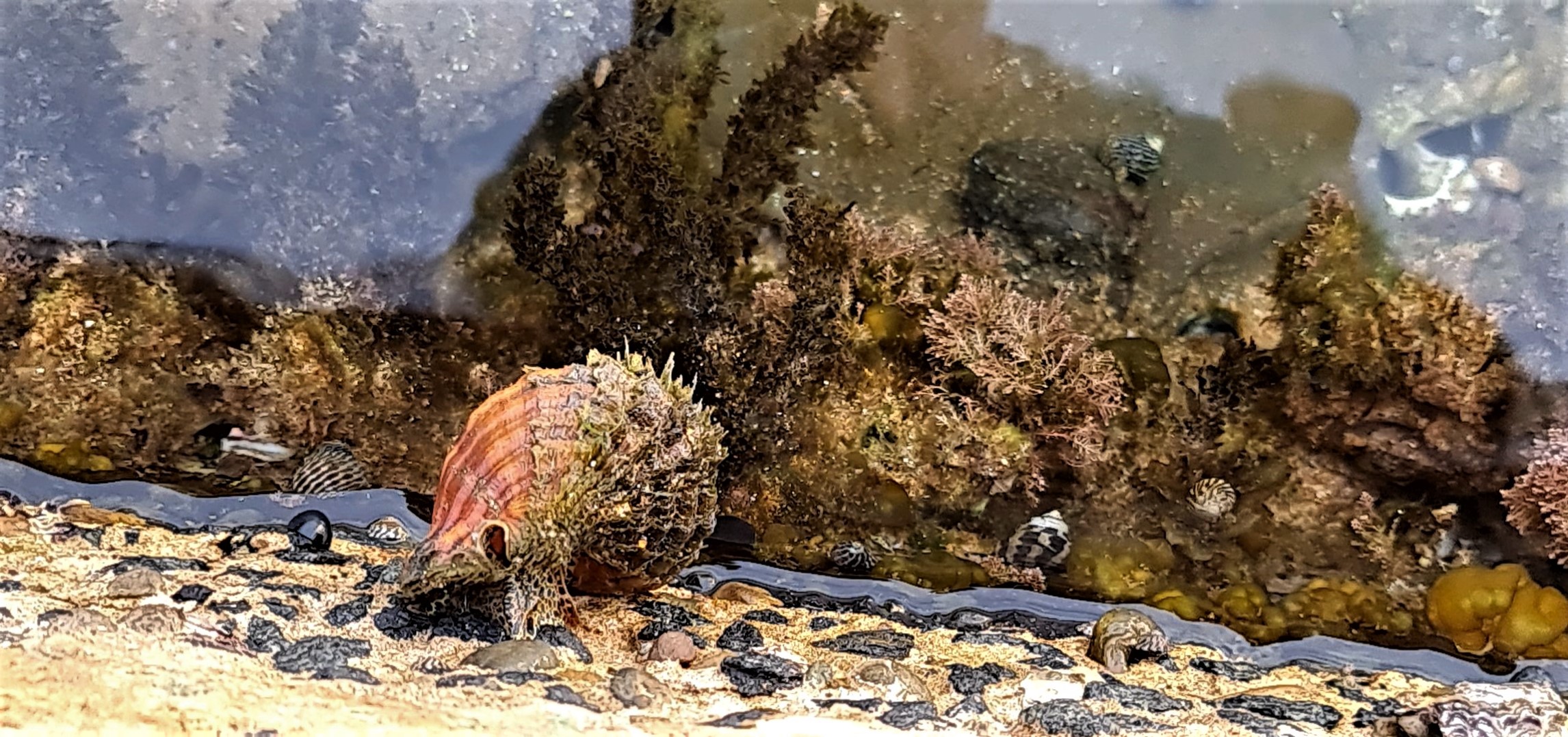
Worth exploring these school holidays - our tidal rock pools. - Photo and report by Joe Mills
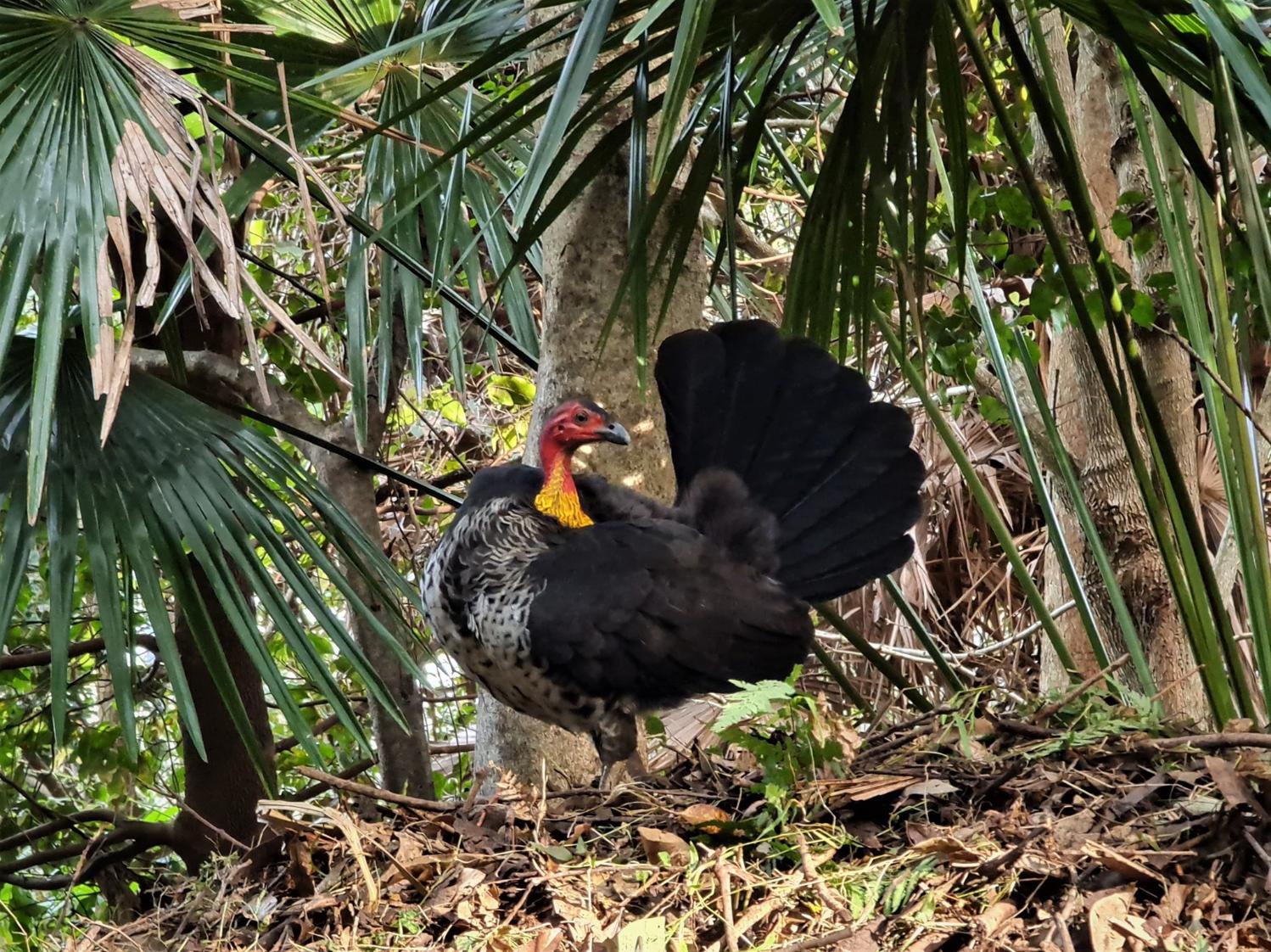
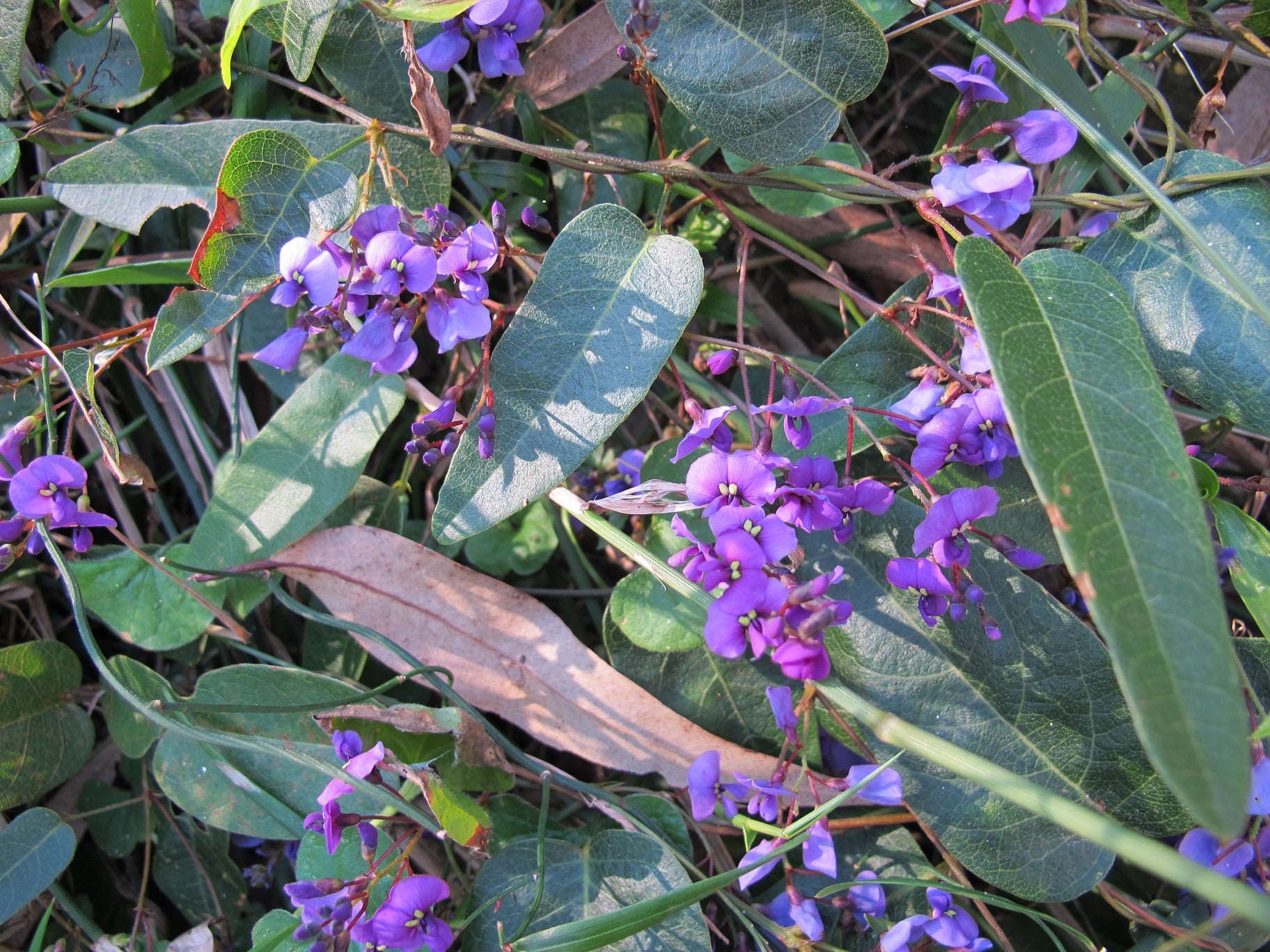
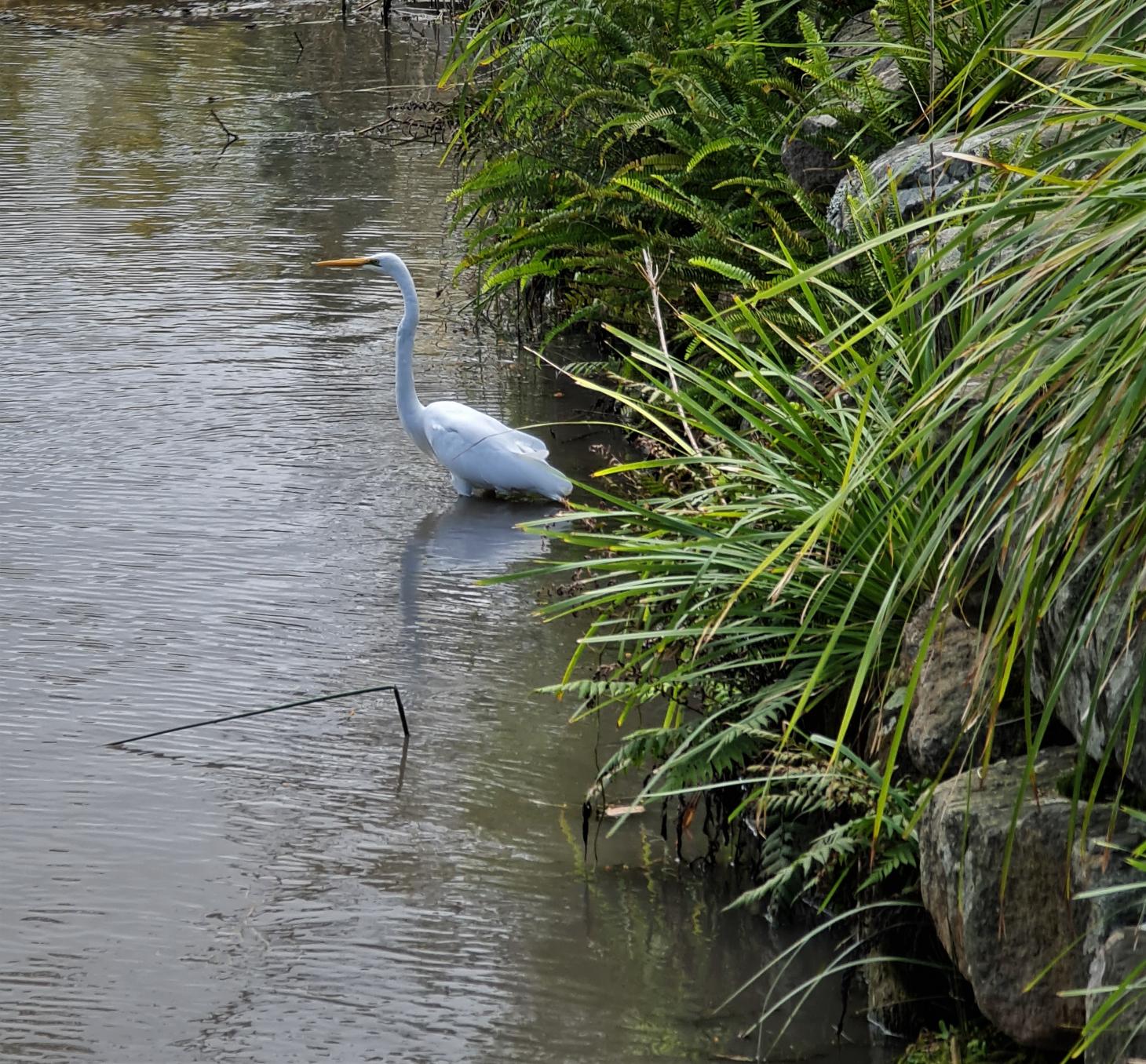
Aussie Backyard Bird Count 2021
Save the date – there’s only 1 MONTH TO GO until the 2021 Aussie Bird Count and we can’t wait!
The 2021 event will run from October 18‒24 during National Bird Week. Register as a counter today at: https://aussiebirdcount.org.au/
The Aussie Backyard Bird Count is one of Australia’s biggest citizen science events. This year is our eighth count, and we’re hoping it will be our biggest yet!
Join thousands of people around the country in exploring your backyard, local park or favourite outdoor space and help us learn more about the birds that live where people live.
Taking part in the Aussie Backyard Bird Count is a great way to connect with the birds in your backyard, no matter where your backyard happens to be. You can count in a suburban garden, a local park, a patch of forest, down by the beach, or the main street of town.
To take part, register on the website today, then during the count you can use the web form or the app to submit your counts. Just enter your location and get counting ‒ each count takes just 20 minutes!
Not only will you be contributing to BirdLife Australia's knowledge of Aussie birds, but there are also some incredible prizes on offer.
Head over to the Aussie Backyard Bird Count website to find out more.
